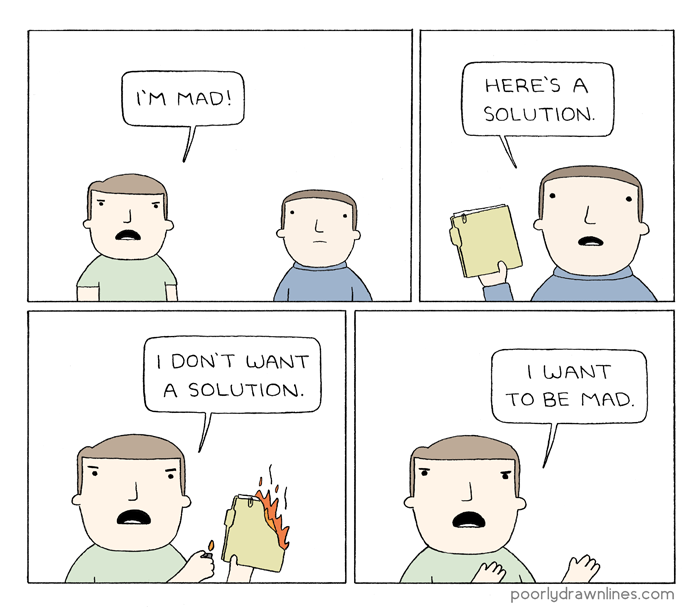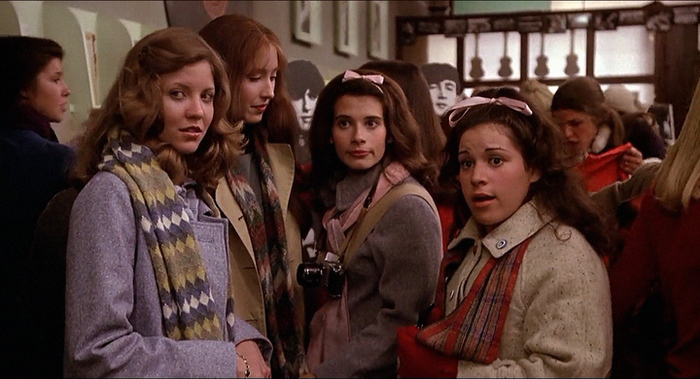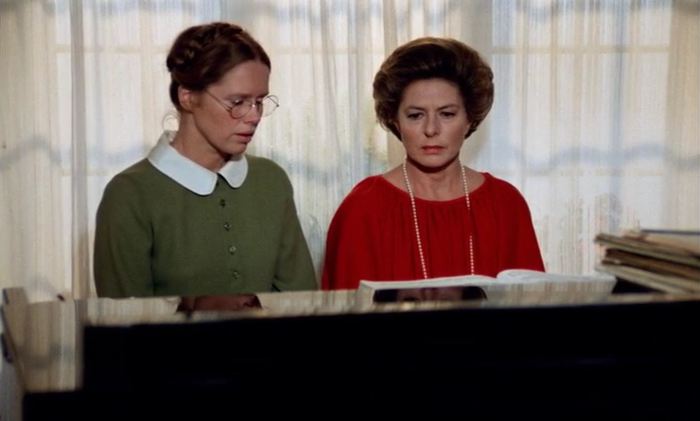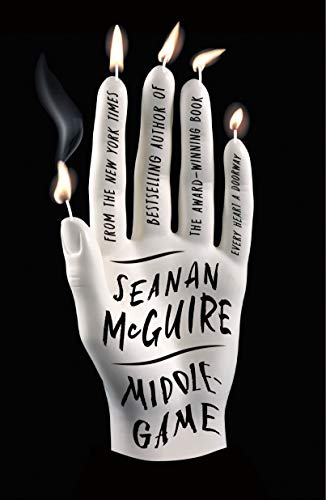20 Years of Kaedrin Weblog
It’s hard to believe that it’s been 20 years (two decades!) since I started Kaedrin Weblog. I’ve already covered the history behind the site often enough, so I won’t bore you with repetition. I’ll bore you with something new and hopefully even more boring.
The first few years of the blog were filled with design changes, upgrades and the like, and I suppose I “found my voice” at some point, whatever that means. I eventually settled into a pretty comfortable 1-2 posts a week cadence and subject matter has shaken out a lot of random stuff. I’m mostly posting about books and movies these days, with the occasional foray into other topics.
Blogs themselves have gone through the whole lifecycle of technology, from a new and trendy form of self-expression and empowerment for the normals, to something that became almost universal and monetized and co-opted by professionals, to a steady decline. Looking back, I suspect the death of Google Reader was the biggest nail in the coffin. People don’t talk about it often these days, but Google’s ill-advised adventure in Social Media really hastened the demise of blogs and associated technologies like RSS. Not that blogs weren’t already in decline by then, but this was a big blow, and I think the internet landscape is worse off because of it.
Of course, blogs aren’t entirely dead, but this has never been a particularly popular blog. I like knowing some folks read it, but I like getting the practice in writing and it allows me to explore various things in a somewhat organized fashion. At this point, I’ve been writing this blog for almost half of my life (we’ll cross that threshold next year), so it’s become almost automatic.
One thing I noticed when transferring the blog to WordPress is that I have this Best Entries category that I haven’t added anything to in about a decade. I figure it’s time to recognize some of my favorite entries in that timeframe, so here’s a few entries worth checking out:
- Groundhog Day and A/B Testing and the follow up, A/B Testing Spaghetti Sauce
- Slasher Statistics
- Communication
- Two (Bad) Movie Ideas
- Flow and Games
- Reamde
- Peak Performance
- On Nitpicking
- The Streaming Narrative
And that only brings me to the beginning of 2013. These trips down memory lane are fun, but it’s probably time to move onwards and upwards. Here’s to another 20 years of Kaedrin Weblog!






